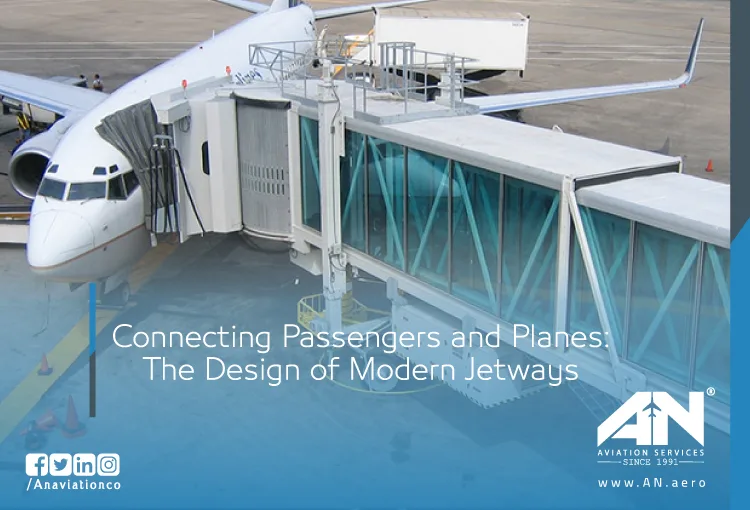
For most air travelers, the airport jetway is the gateway to their flight. It is the long, enclosed bridge that connects the airplane to the terminal building, allowing passengers to board and disembark from the aircraft safely and conveniently.
Jetways, also known as passenger boarding bridges, have become an essential part of modern air travel, providing a comfortable and efficient experience for passengers. In this blog, we will explore the design, function, safety features, and incident handling procedures related to airport jetways.
What is the Jetway?
A jetway is a movable, elevated platform that extends from the terminal building to the aircraft. It is designed to facilitate the boarding and disembarking of passengers, as well as the loading and unloading of cargo.
Jetways are typically made of steel or aluminum and can be raised or lowered to accommodate different aircraft types. They are also equipped with climate control systems, allowing passengers to move from the terminal to the aircraft without being exposed to the elements.
How does a Jetway work?
When an aircraft arrives at the gate, the jetway is positioned and connected to the aircraft door. The jetway is then extended to the aircraft, creating a bridge between the terminal and the airplane. Passengers can then board or disembark the aircraft via the jetway, without having to walk on the tarmac or climb stairs.
Design of Jetways to Handle Passengers Boarding
Jetways are designed to handle the needs of modern air travel, with a focus on passenger comfort, safety, and efficiency. They are typically designed to accommodate a range of aircraft types, including narrow and wide-body planes, and are adjustable to different heights to accommodate different aircraft door heights.
The design of jetways also takes into account the needs of passengers with disabilities. Many jetways are equipped with special features such as ramps, lifts, and wider doors to accommodate wheelchairs and other mobility aids.
Another important feature of jetways is their climate control systems. These systems are designed to maintain a comfortable temperature and humidity level inside the jetway, regardless of the weather conditions outside. This ensures that passengers can move between the terminal and the aircraft without being exposed to extreme temperatures or humidity levels.
What are the Safety Features of Airport Jetways?
Jetways are designed with several safety features to ensure the safety of passengers and airport personnel. Some of these safety features include:
- Emergency Stop Buttons: Jetways are equipped with emergency stop buttons that can quickly stop the movement of the jetway in the event of an emergency.
- Sensors: Jetways are equipped with sensors that detect any obstructions in their path, such as luggage or other objects, and automatically stop the movement of the jetway to prevent accidents.
- Handrails: Jetways are equipped with sturdy handrails to provide support and stability for passengers as they move between the aircraft and the terminal.
- Lighting: Jetways are equipped with lighting systems that provide adequate visibility for passengers and airport personnel.
- Interlocks: Jetways are equipped with interlocks that prevent the aircraft from moving until the jetway is securely connected to the aircraft.
Jetway Security
Jetway security is an essential aspect of airport security. Jetways are typically located in secure areas of the airport and are monitored by security personnel. Additionally, access to jetways is restricted to authorized personnel only, and passengers are screened before boarding the aircraft.
Handling Incidents on Airport Jetways
Incidents can occur on airport jetways, and it is essential to have a plan in place to handle them. Some of the common incidents that can occur on jetways include slips, trips, and falls, medical emergencies, and security breaches.
To handle incidents on airport jetways, airports typically have trained personnel on hand to respond quickly. These personnel are equipped with first aid kits, defibrillators, and other medical equipment, as well as communication systems to contact emergency services if needed.
Conclusion
Airport jetways are an essential component of modern air travel, providing a comfortable and efficient way for passengers to board and disembark from aircraft. Jetways are designed with passenger comfort, safety, and efficiency in mind, and are equipped with several safety features to ensure the safety of passengers and airport personnel.
In the event of an incident on the jetway, airports have trained personnel and protocols in place to respond quickly and effectively. Overall, jetways have revolutionized the way passengers board and disembark from aircraft, making air travel a more convenient and enjoyable experience.

